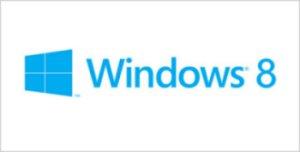Windows developers have invested a lot of time, effort, and money into the platform. Over the years, they've learned Win32, COM, MFC, ATL, Visual Basic 6, .NET, WinForms, Silverlight, WPF. All of these technologies were, at one time or another, instrumental in creating desktop applications on Windows. With the exception of Visual Basic 6, all of them are still more or less supported on Windows today, and none of them can do it all; all except Visual Basic 6 and WinForms have a role to play in modern Windows development. Hearing that Windows 8 would use HTML5 and JavaScript for its new immersive applications was, therefore, more than a little disturbing to Windows developers. Such a switch means discarding two decades of knowledge and expertise of Windows development—and countless hours spent learning Microsoft's latest-and-greatest technology—and perhaps just as importantly, it means discarding rich, capable frameworks and the powerful, enormously popular Visual Studio development environment, in favor of a far more primitive, rudimentary system with substantially inferior tools.It's still early, but developers are sure to be up in arms about a sea change that may leave years of work on the scrap heap. Microsoft is going to have armies of developers to mollify before Windows 8 hits the mainstream. Source: Ars Technica
Developers Are Seeing Red Over Windows 8's Platform's Shift
Last week's first glimpses of the Windows 8 interface generated excitement. A screen full of colorful blocks, each representing an interactive app… now this is something new. However, the announcement generated an equal amount of concern, especially among long-time Windows developers. Why? Because the new development platform is based on HTML5 and JavaScript.



